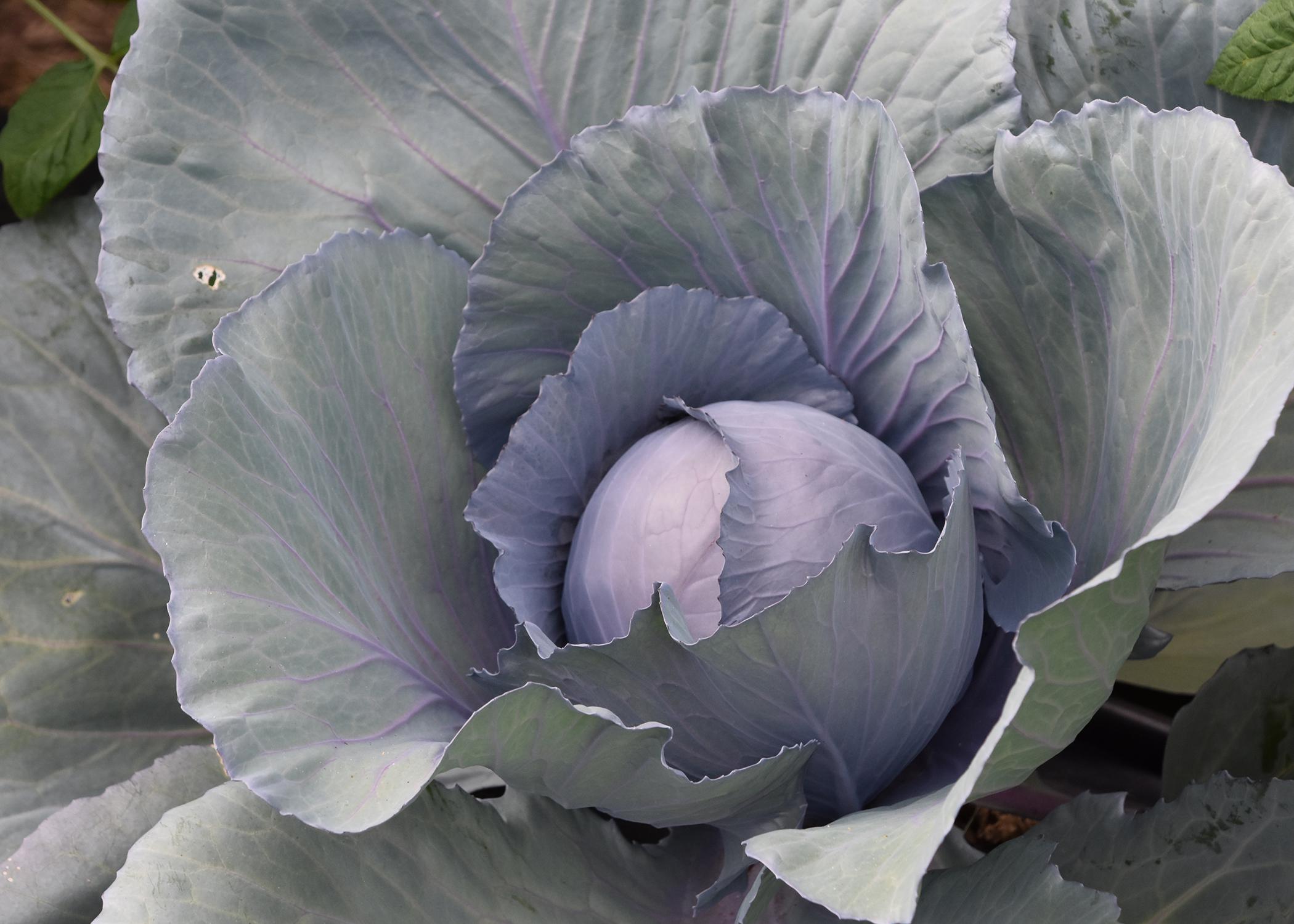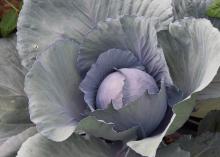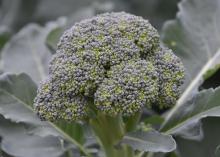Information Possibly Outdated
The information presented on this page was originally released on November 29, 2021. It may not be outdated, but please search our site for more current information. If you plan to quote or reference this information in a publication, please check with the Extension specialist or author before proceeding.
Plant cole crops now for winter vegetables
Even though I still have tomatoes and peppers producing in my home garden, I know these summer vegetables are on borrowed time. While I like being able to harvest tomatoes on Thanksgiving, it’s the time of year to appreciate the great cool-season vegetables we can grow.
From broccoli, cauliflower, kale and collards to cabbage and Brussels sprouts, these vegetables are commonly called cruciferous or cole crops. I think they are delicious, especially after a freeze takes out my tomatoes and peppers.
The variety of shapes, sizes and colors within this group of vegetables is amazing. But what is even more amazing is that these vegetables are all closely related genetically. In fact, they have a common ancestor.
Wild cabbage is a little plant from the region around the Mediterranean. Because of its nutritious foliage, farmers grew and domesticated selected plants based on their desired traits.
Over many, many thousands of years, we have developed leafy versions -- kale and collards; buds -- cabbage and Brussels sprouts; and flowers -- broccoli and cauliflower.
As a group, they’re known botanically as Brassica oleracea, and each has its own varietal designation: broccoli, B. oleracea var. italica; cauliflower, B. oleracea var. botrytis; kale, B. oleracea var. sabellica; collards, B. oleracea var. viridis; cabbage, B. oleracea var. capitata; and Brussels sprouts, B. oleracea var. gemmifera.
Because these vegetables are so closely related, they have similar growing needs and conditions.
The first is they don’t like wet feet. Like so many of our landscape and garden plants in Mississippi, good soil drainage is a must. Raised beds are a great choice for good drainage, and adding composted materials creates an optimum planting bed.
I really like growing these plants in containers because of the superior growing media available that allows for good drainage. I never have to worry about my plants having wet feet.
While we want good soil drainage, we can’t let the plants dry out. These plants need consistent soil moisture to be productive. We’re likely to have droughty weather during the winter months in Mississippi. In my Ocean Spring’s garden, we have received less than 2 inches of rain in November.
Winter cold can rapidly deplete soil moisture. Apply mulch to help retain moisture, but be prepared to water as needed. And here’s a heads up: After watering, don’t leave the hose attached to the spigot. Freezing temperatures can burst pipes pretty quickly.
For best growth of cruciferous vegetables, do not neglect fertilizing the plants.
These vegetables are heavy feeders all through the winter crop season. I like to add slow-release fertilizer at transplanting to get the plants off to a great start. Then I use a water-soluble fertilizer on a monthly schedule to keep the plants healthy and growing strong.
Now is the time to pick up some transplants at your favorite independent garden center. Follow these tips to enjoy nutritious and tasty vegetables all through the winter gardening season.





